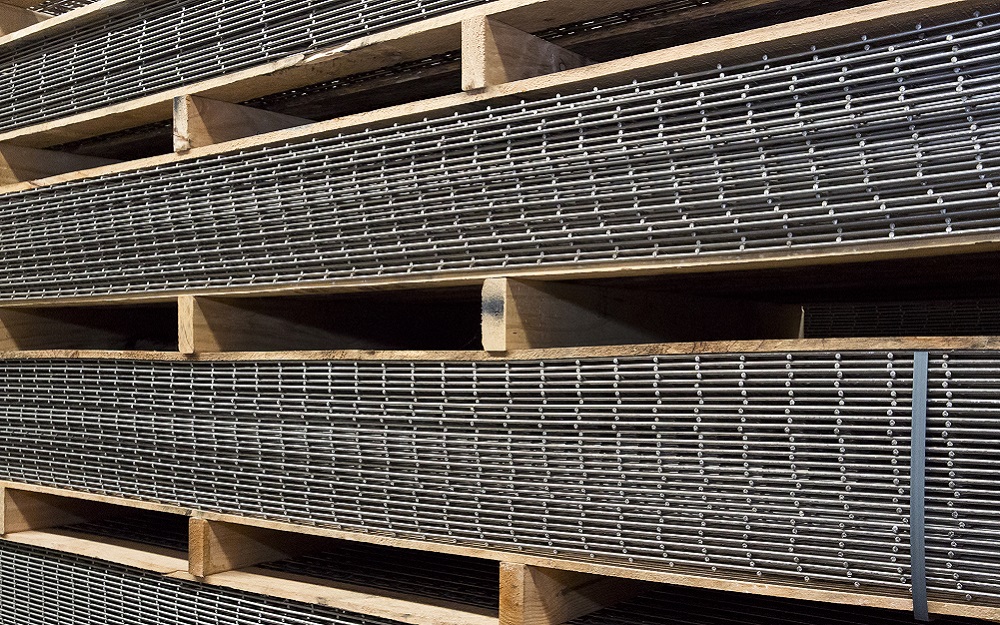Gehret Wire Work’s wire mesh solutions are all customized to specifications for your next project. We offer the ability to craft different bulk orders of wire mesh sheets and rolls based on material, gauge, weave, and much more. How do we fulfill our obligations? Let us dive into the process of coming up with a solution to achieve your desired result.
How is Wire Mesh Made?
Wire mesh is a type of metal screen that has connected rows and columns of wire weaved throughout the individual sheet. These intersecting wires are put together through different welding or weaving processes based on the material, size, and so on. The solid wire is made by drawing down the original metal until the correct diameter has been achieved. Our expert welders have been in this business for 75+ years and know all the tricks to keep the weld from getting sloppy or contaminated. Contamination is prevented by using an electrical arc with a mix of argon and carbon dioxide during the welding process. There are three different main welding techniques used to achieve these results.
Resistance Welding
Resistance or spot welding is the process in which electrical currents are used to generate heat to combine the desired material together. When fine specifications are asked for, resistance welding can be ideal due to it being the least harsh technique to bond metals. This welding technique is also the quickest out of the main four, but that has its drawbacks. Knowledge of the metals and voltages requirements is important to avoid burning through the metal entirely, which can result in a lot of wasted material and time. On top of this, this technique isn’t always the most eye-catching. When appearance is a concern, other techniques are used.
TIG Welding
Tungsten Inert Gas (TIG) welding is a technique that uses a tungsten electrode to bond with. Very thick material is required to work with due to the ability to cut through delicate material very easily. In comparison to resistance welding, this technique is more time-consuming and expensive but has the ability to create multi-layered sheets that can be aesthetically pleasing and functional. This technique works best for projects where no leaks are a must.
Plasma Welding
Plasma welding is merely identical to TIG welding regarding the strengths. Plasma welding is the technique that uses the plasma arc found in a Tungsten electrode to bond together material. The main difference is Plasma Welding is way more automated, which results in less chance of time being wasted and user error. However, automation comes with drawbacks. Wrong inputs from the operator can result in a lot of material going to waste or an ineffective weld being done. On top of this, plasma welding is more of a volume tool. The software used is only effective when bonding long, cylindrical materials. This usually means some treatment has to be done before it goes through this technical process.
